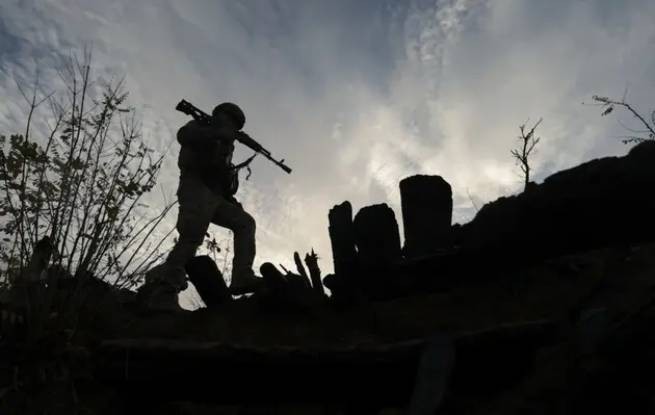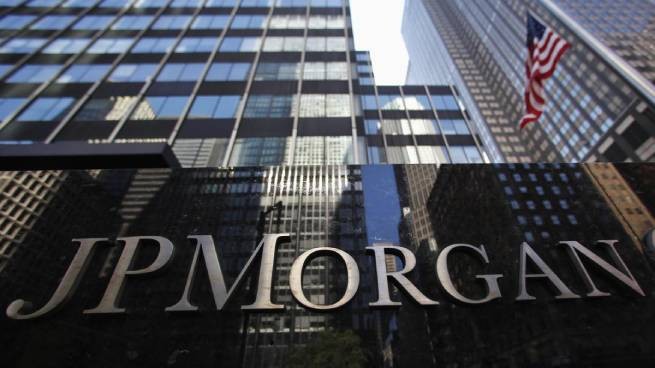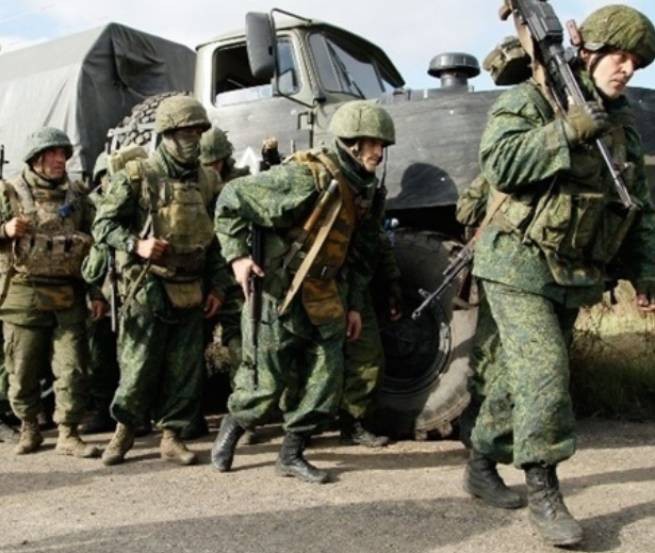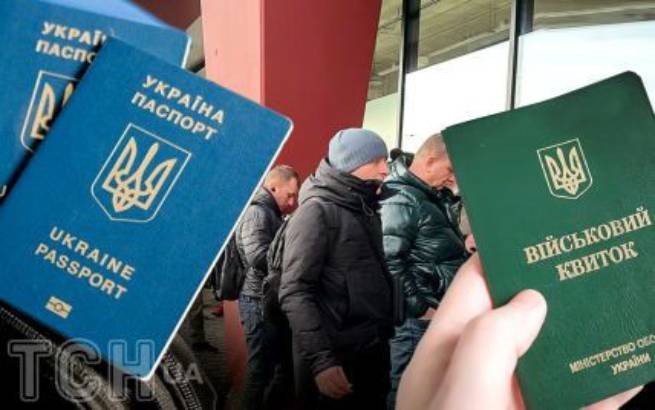More than a million North Koreans have contracted the fever. It is impossible to say with complete certainty that this is a coronavirus – there is too little reliable data from a closed country, and the test results are not enough.
However, experts believe that the omicron strain is rampant in the country. North Korea has not previously confirmed a single case of COVID-19. Nevertheless, experts are sure that the coronavirus has been spreading there since March 2020. Just a few days ago, on May 12, KCNA (Korea Central News Agency) reported first case – with the BA.2 variant of the SARS-CoV-2 omicron strain, which is not identified by standard PCR tests.
After just a day, it became known that there were at least 18,000 people with covid in the country, while six did not cope with the virus and died. The government declared a state of emergency, and head of state Kim Jong-un called an emergency meeting of the Politburo of the Workers’ Party of Korea. It decided on the “maximum emergency” quarantine – border restrictions and a nationwide lockdown. The anti-pandemic measures in force before that were found to be ineffective. KCNA quoted Kim Jong-un as saying:
“The spread of this malignant infectious disease in our country can be called the biggest shock in its history.”
Further more. It turned out that since the end of April, at least 350,000 Koreans have complained of symptoms of an “unknown fever”: runny nose, cough, fever. According to the data of the State Emergency Anti-Epidemiological Headquarters of the DPRK, from May 13 to May 14, in just one day, 296,000 “patients with fever” were detected in the country. Another 392 thousand – the next day. In total, more than 1.2 million people became ill, of which 50 died.
According to experts, both the dynamics of the incidence, the symptoms, and the ratio of severe and mild forms of the disease indicate the spread of the omicron strain of coronavirus in North Korea. However, the exact number of cases remains unknown.
According to the World Health Organization, out of 25 million people in the country, no more than 64 thousand people have done PCR tests. And in the international database of virus genomes GISAID there is not a single sample from the DPRK. Vaccination, of course, was also not carried out in the country – since there is no coronavirus, then why get vaccinated? Pyongyang gave up millions of dosesoffered under the global COVAX program. One of the first to react to the spread of the coronavirus, this Asian country literally fenced itself off from the whole world and introduced strict restrictions, fearing Covid from neighboring China. Head of the Department of Infectious Diseases and Epidemiology, Russian National Research Medical University. N. I. Pirogov Professor Vladimir Nikiforov says:
“I think this is a banal covid. Professionals have no questions here. The only thing that can still be, given the region and time of year, is hemorrhagic fever with renal syndrome, which is caused by orthohantavirus. A well-studied disease, in South Korea there is a vaccine for it. “But there are completely different symptoms. Only the omicron strain spreads at such a speed, and low mortality is typical for it. It’s just that the Koreans kept the country closed for a long time and thought that it would not leak to them. However, the infection does not obey ideology.”
Ancha Baranova, a professor at the School of Systems Biology at George Mason University in the USA, is of the same opinion. She believes that with a 99 percent probability it can be argued that this is covid:
“If there is a pandemic all over the world, and then in one country where before that, due to isolation, there were no cases and no vaccinations, suddenly there is a sharp outbreak, the conclusion is obvious. And most likely, this is the same strain as everywhere now, and not something new, but such a rapid spread is a consequence of the impact on the intact immune system of people who have not previously encountered coronavirus.
Dmitry Pruss, a geneticist from the USA, claims that this is the BA.2 variant of the omicron, as it was reported by the Koreans themselves:
“Its outbreaks were in South Korea, and in the Chinese border province of Jilin, and in Primorye.”
Rospotrebnadzor specialists also link the “mysterious fever” in North Korea with COVID-19. First, since January, the country has opened its borders with China. Secondly, mass events were held in Korea without masks, which could cause a large number of people to be infected by airborne droplets. Large-scale events include a major military parade in honor of the 90th anniversary of the DPRK Armed Forces (April 25) and Sun Day – a celebration of the 108th anniversary of the Republic’s founder Kim Il Sung (April 15).
WHO, concerned about the outbreak of coronavirus in the DPRK, expressed its readiness to provide medicines and testing systems. South Korea also wants to help: with vaccines, masks, test kits and experience in fighting the virus. South Korean President Yoon Seok Yeol says, quoted by Yonhap News Agency:
“If the North Korean authorities agree, we will provide any kind of support, whether it be medicines, COVID-19 vaccines, medical equipment or medical personnel.”
Seoul believes that the situation in North Korea is much more serious than the DPRK authorities acknowledge. Pyongyang is in no hurry to accept anyone’s help and does not confirm that the “unknown fever” is COVID-19, writes RIA News.






More Stories
Poll: which European countries are ready to defend their homeland to the last
Greece must transfer the Patriot PAC-3 system to Ukraine with US “guarantees” against the Turkish threat
How will the confiscation of Russian assets affect the global financial system?